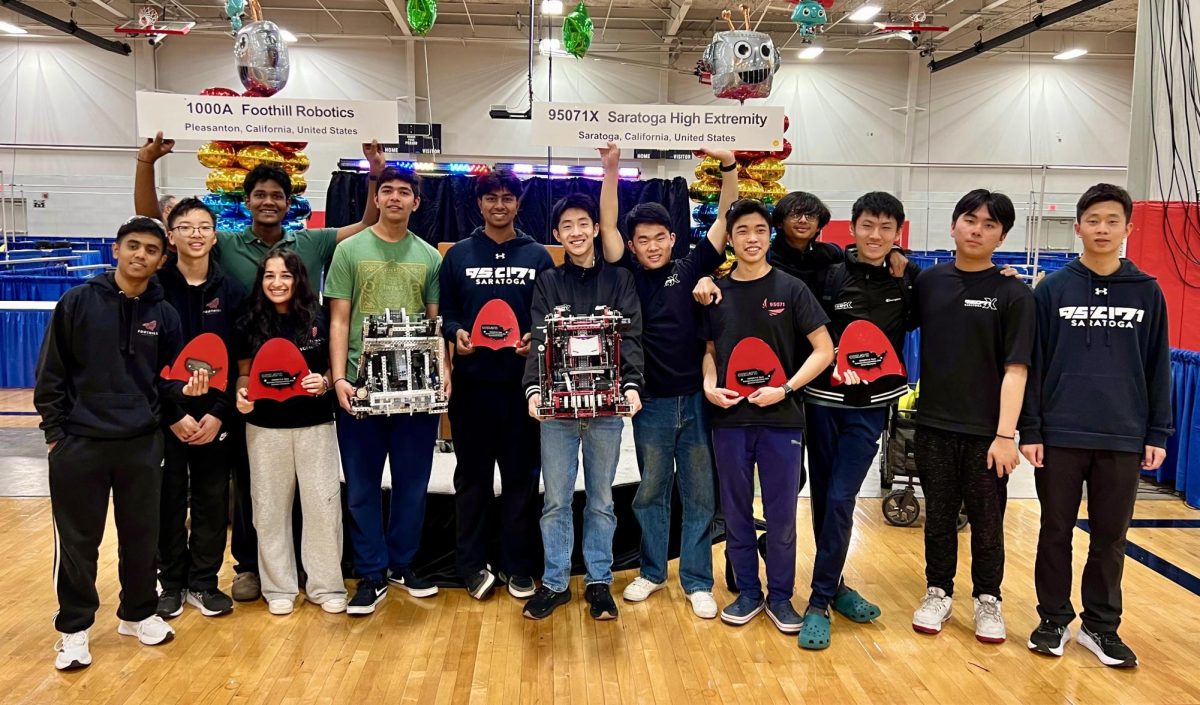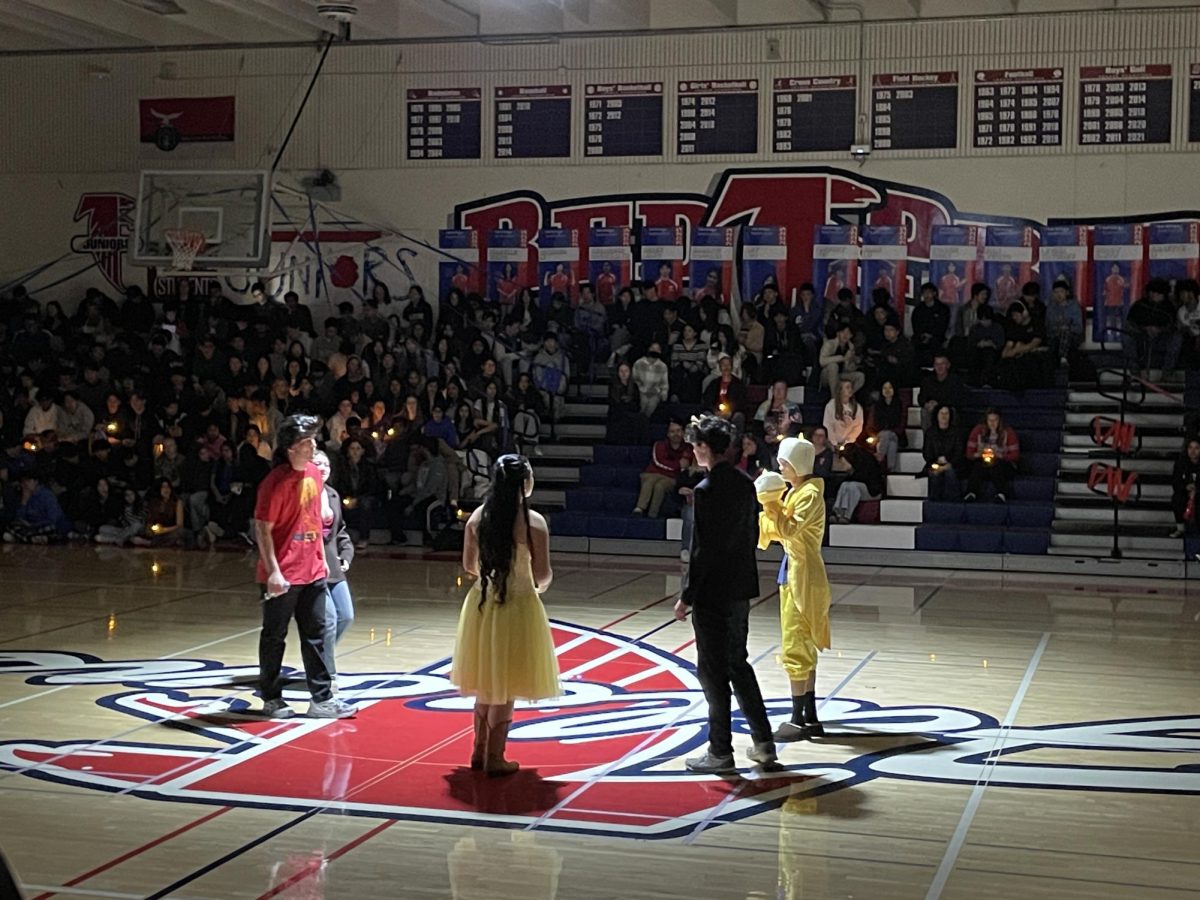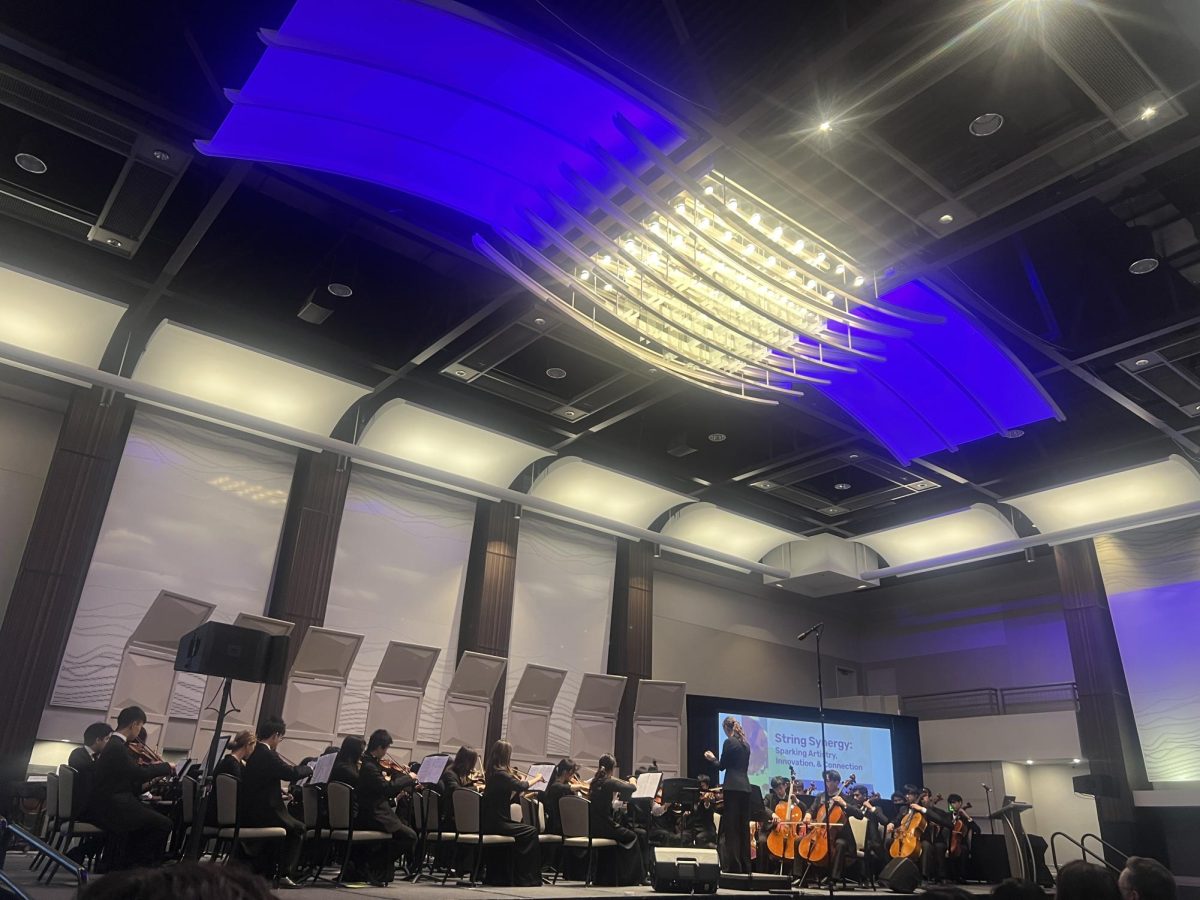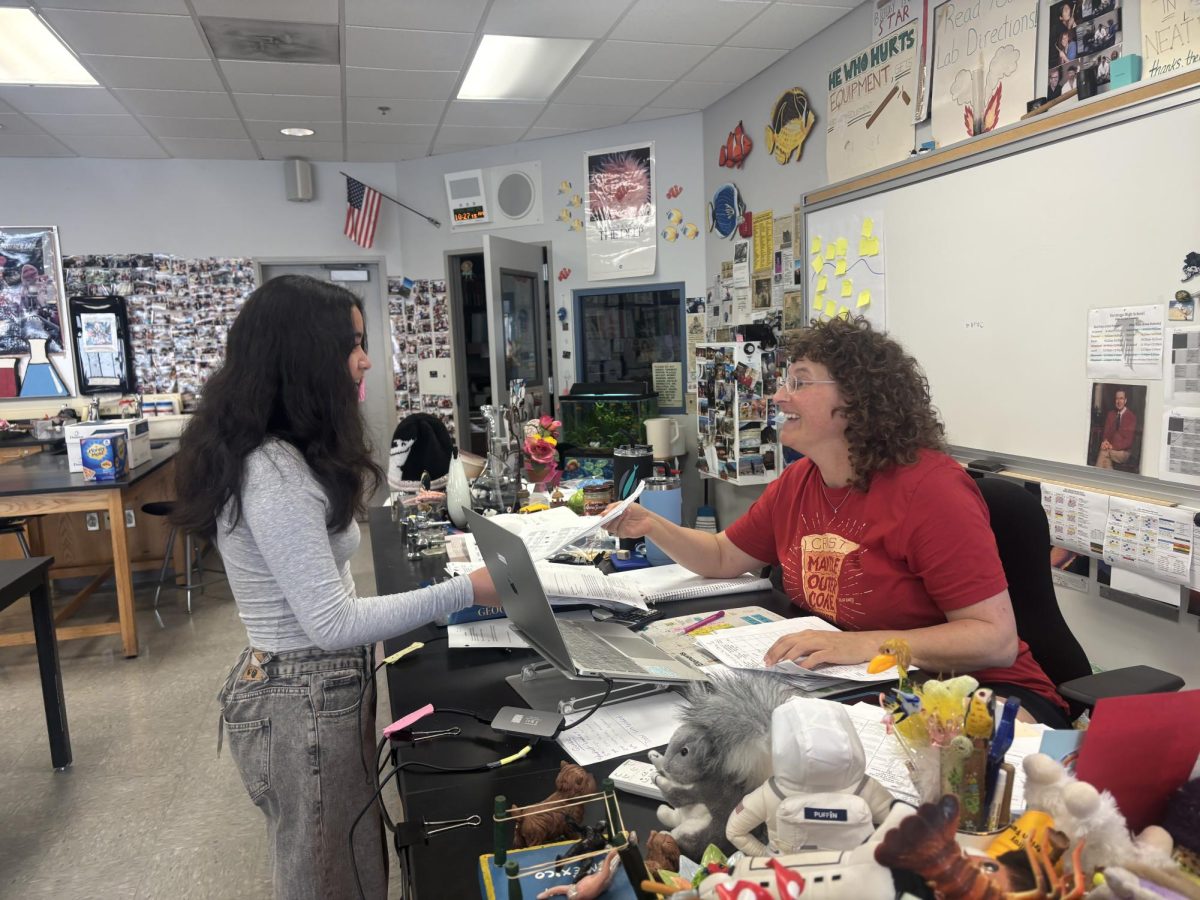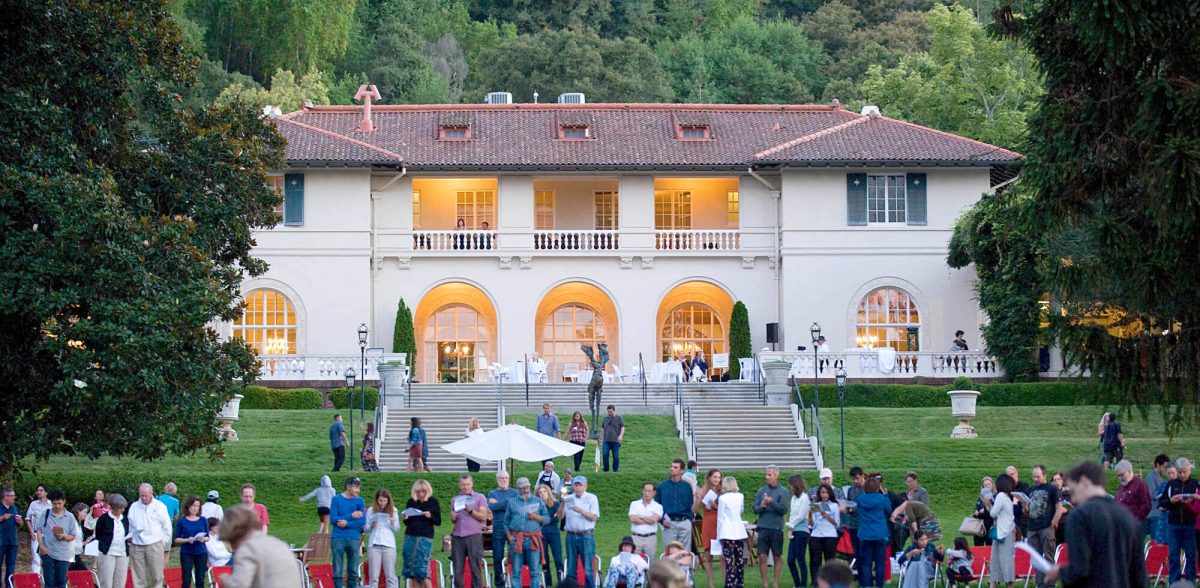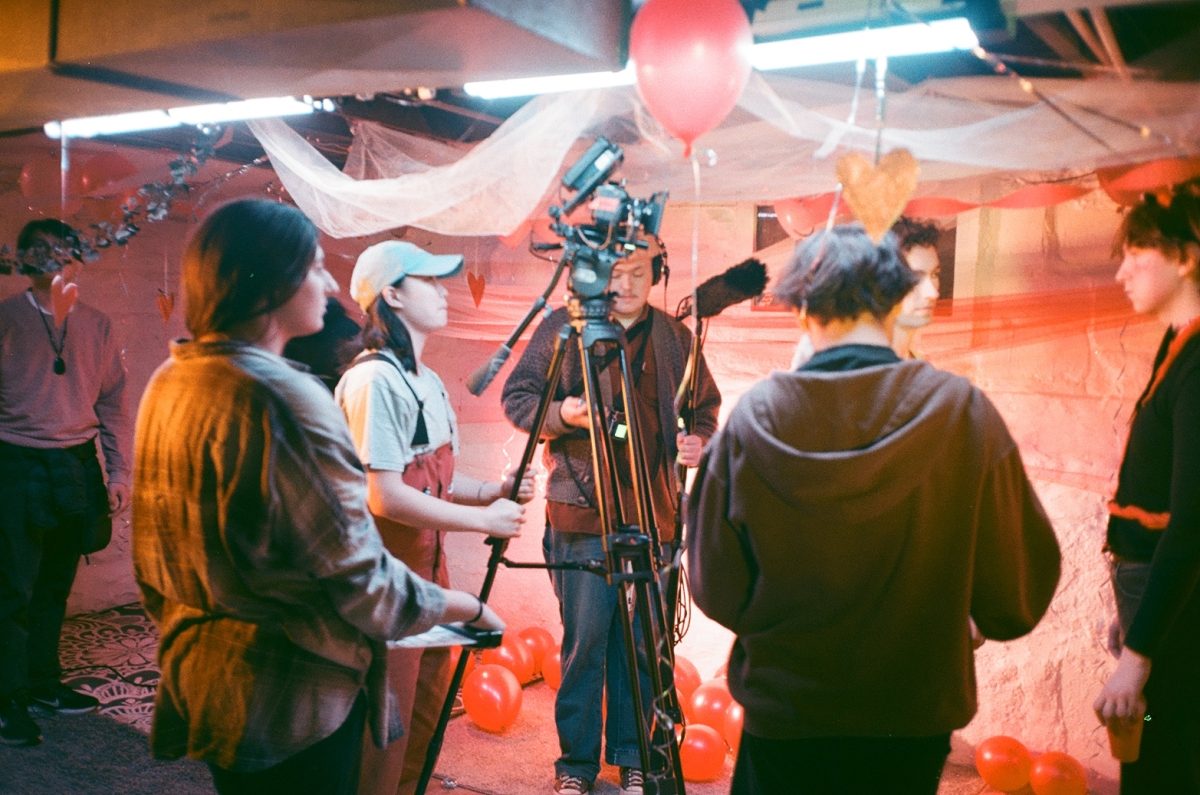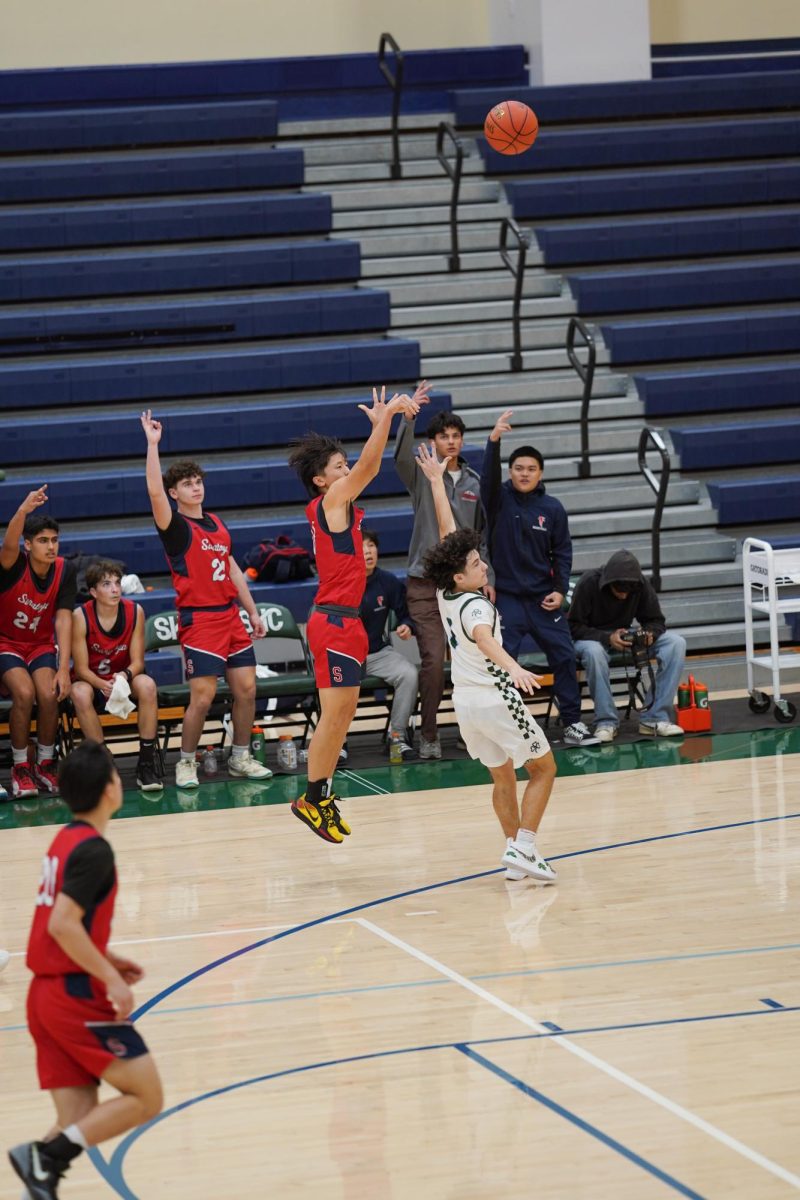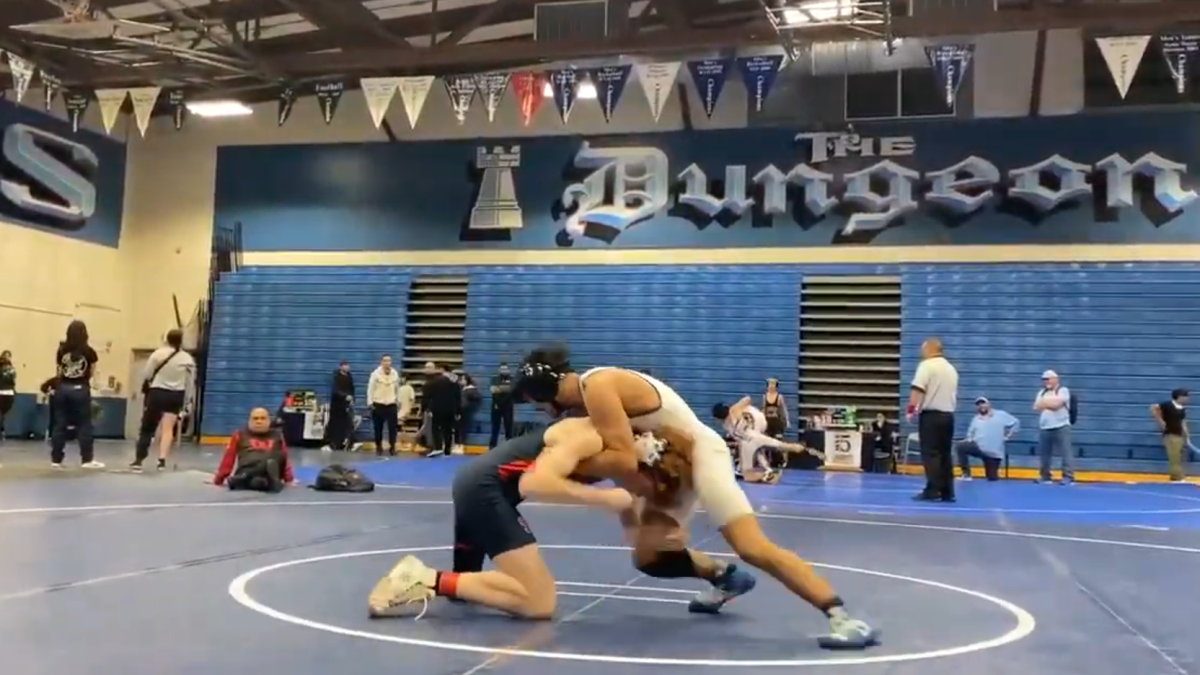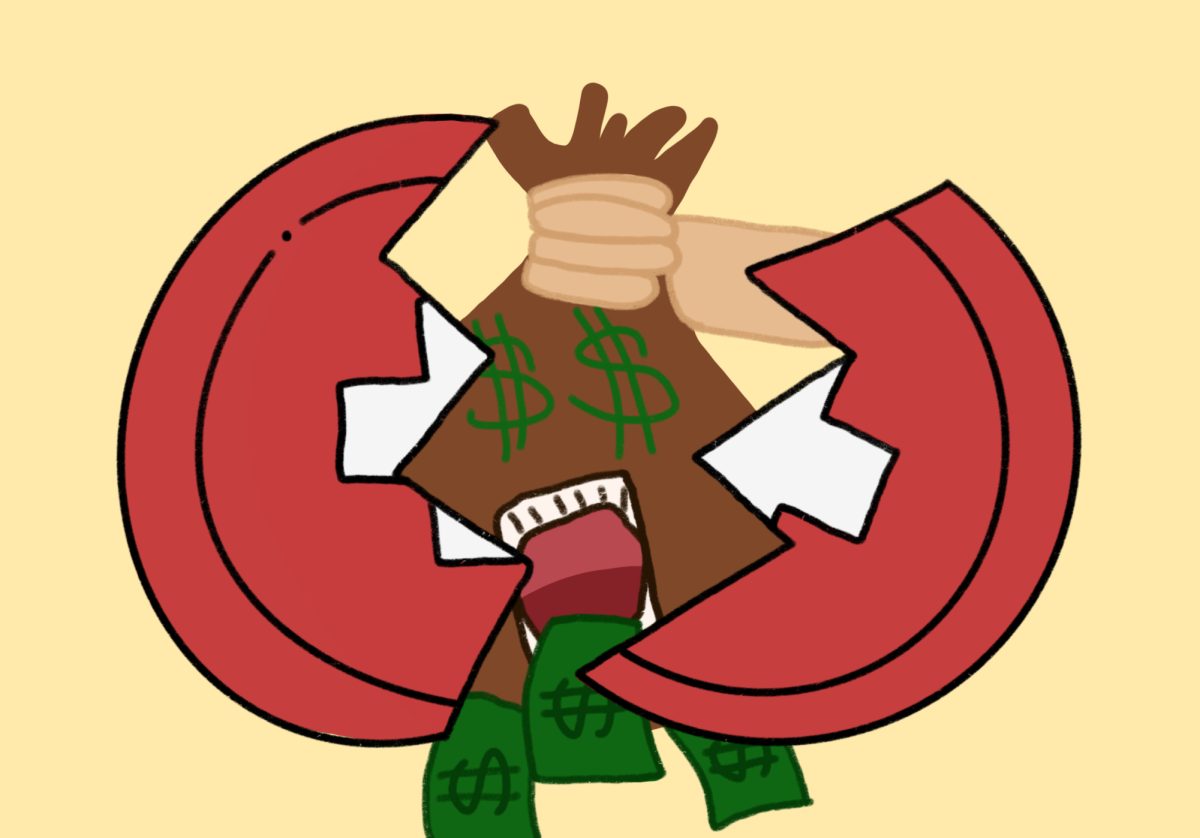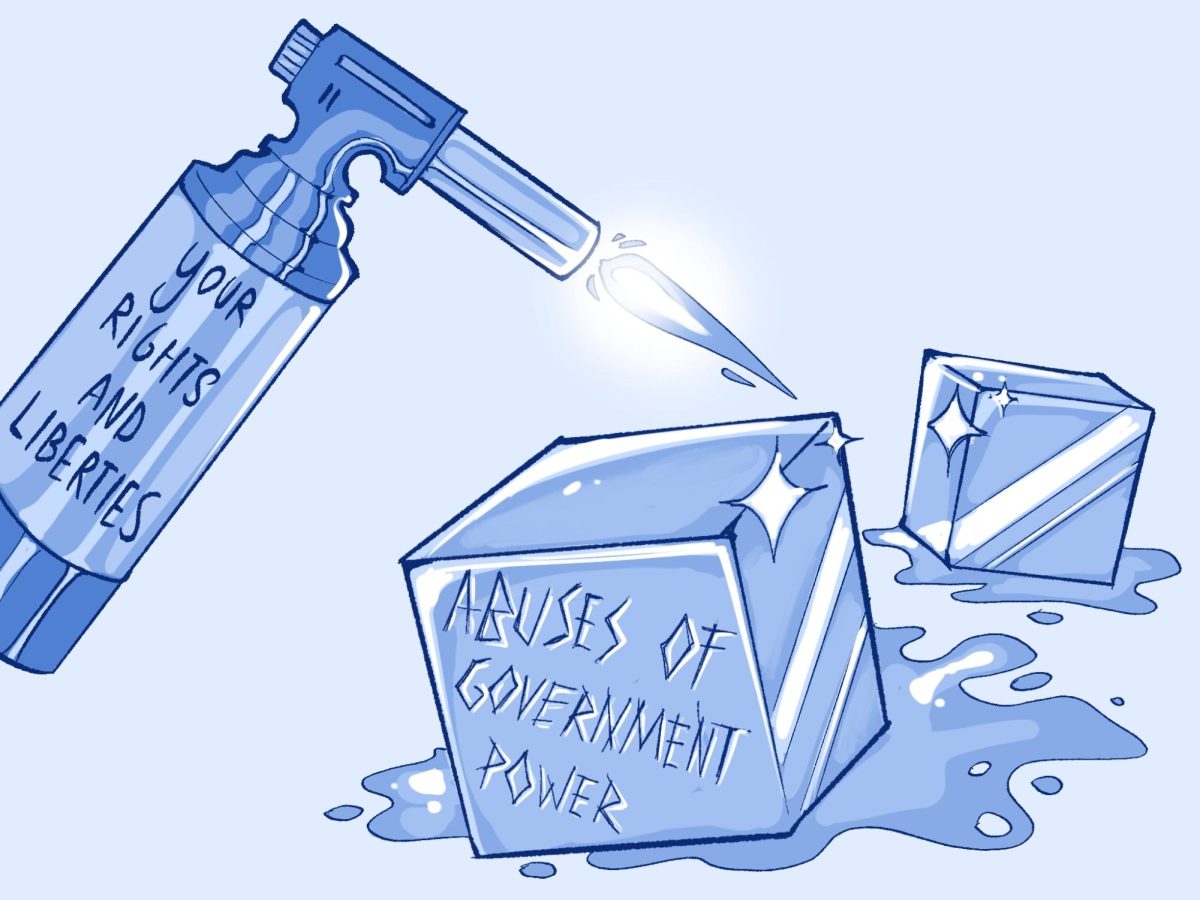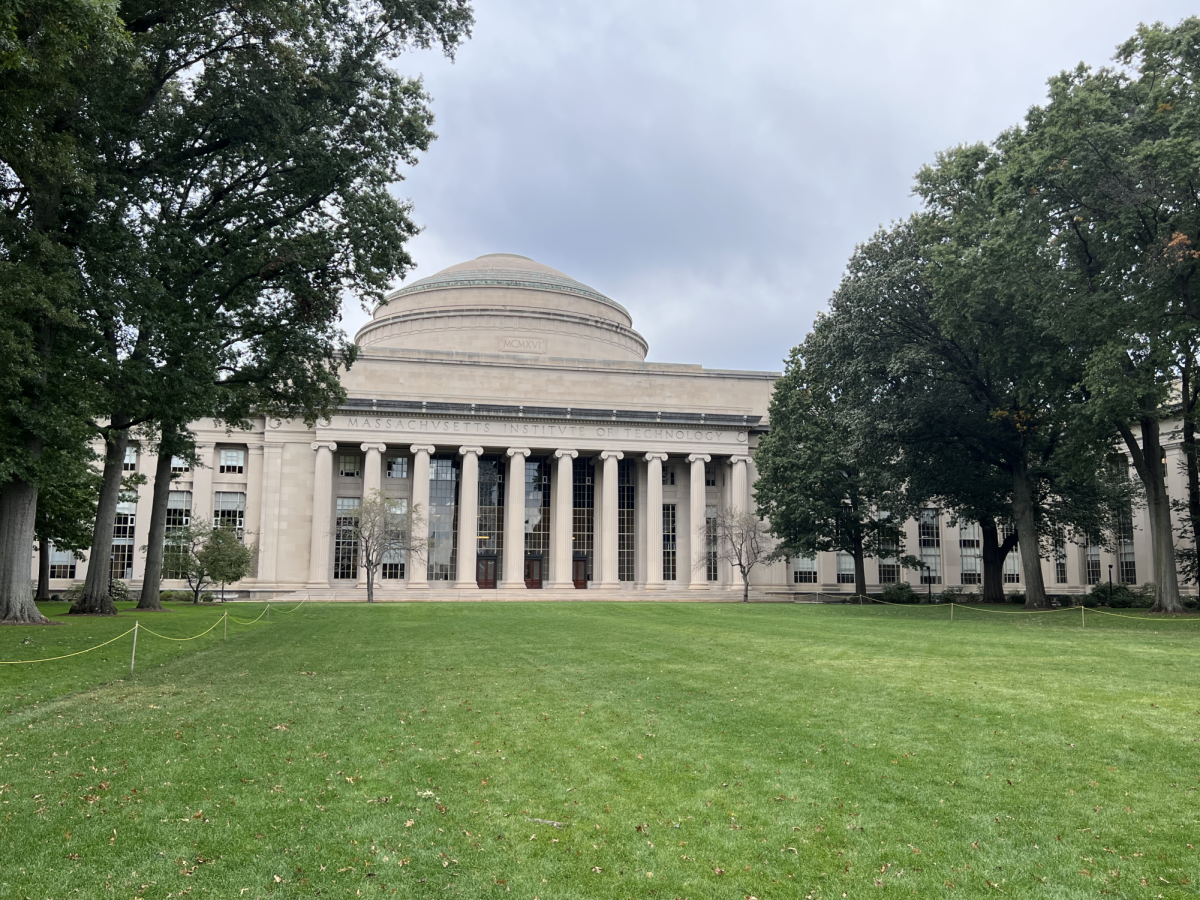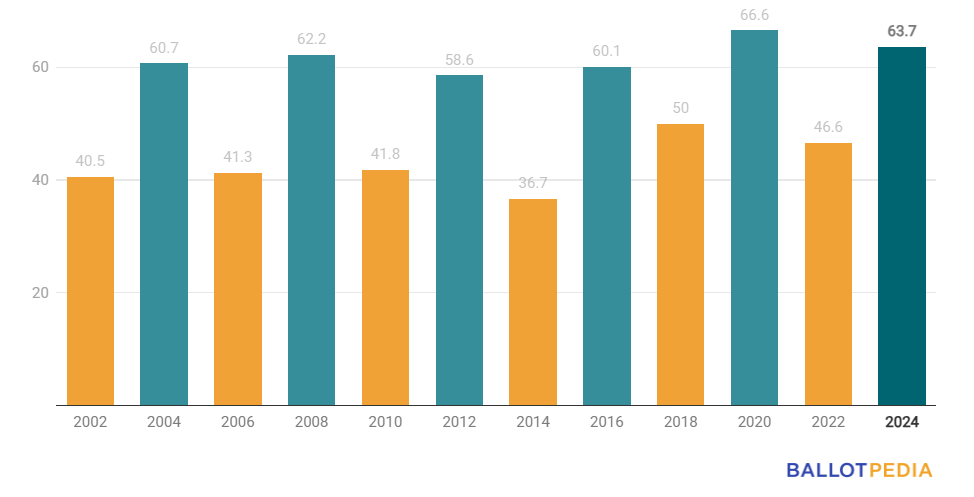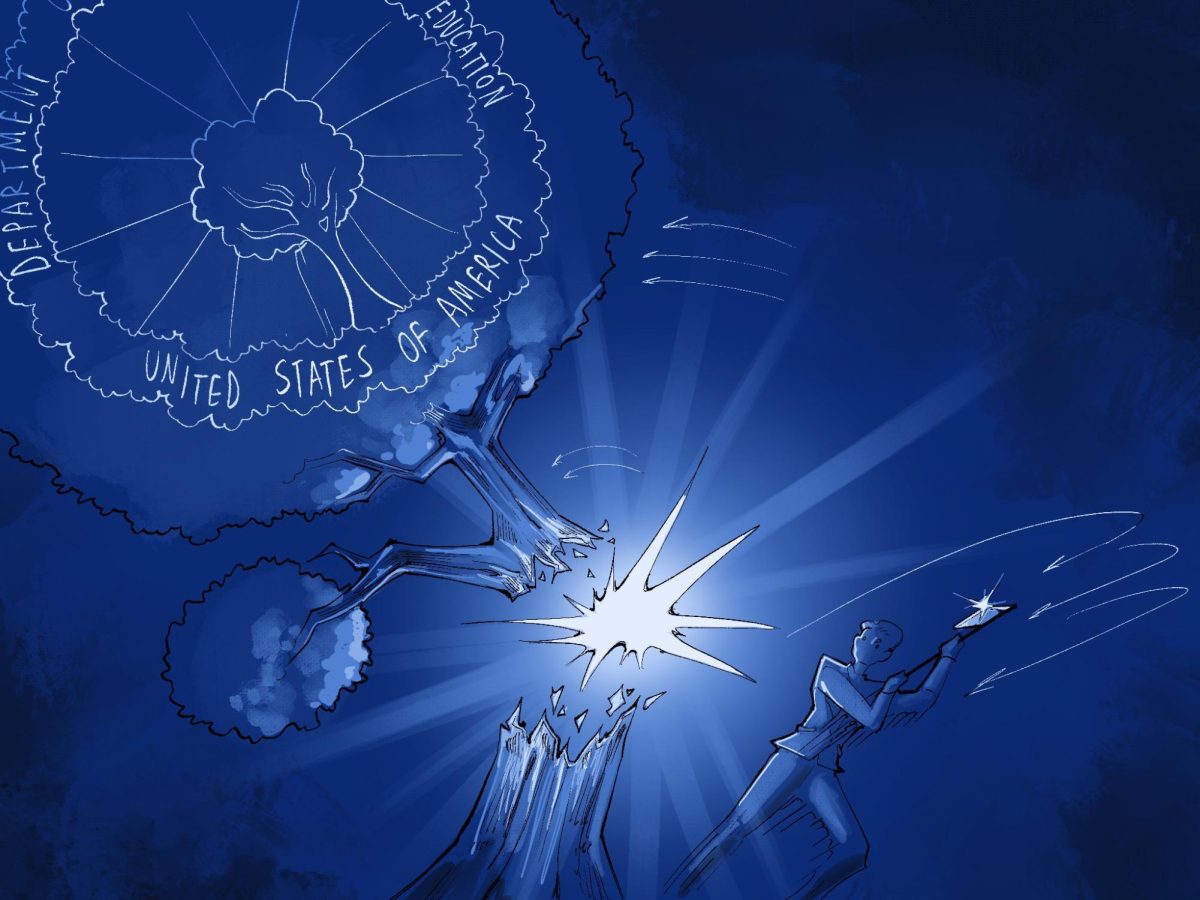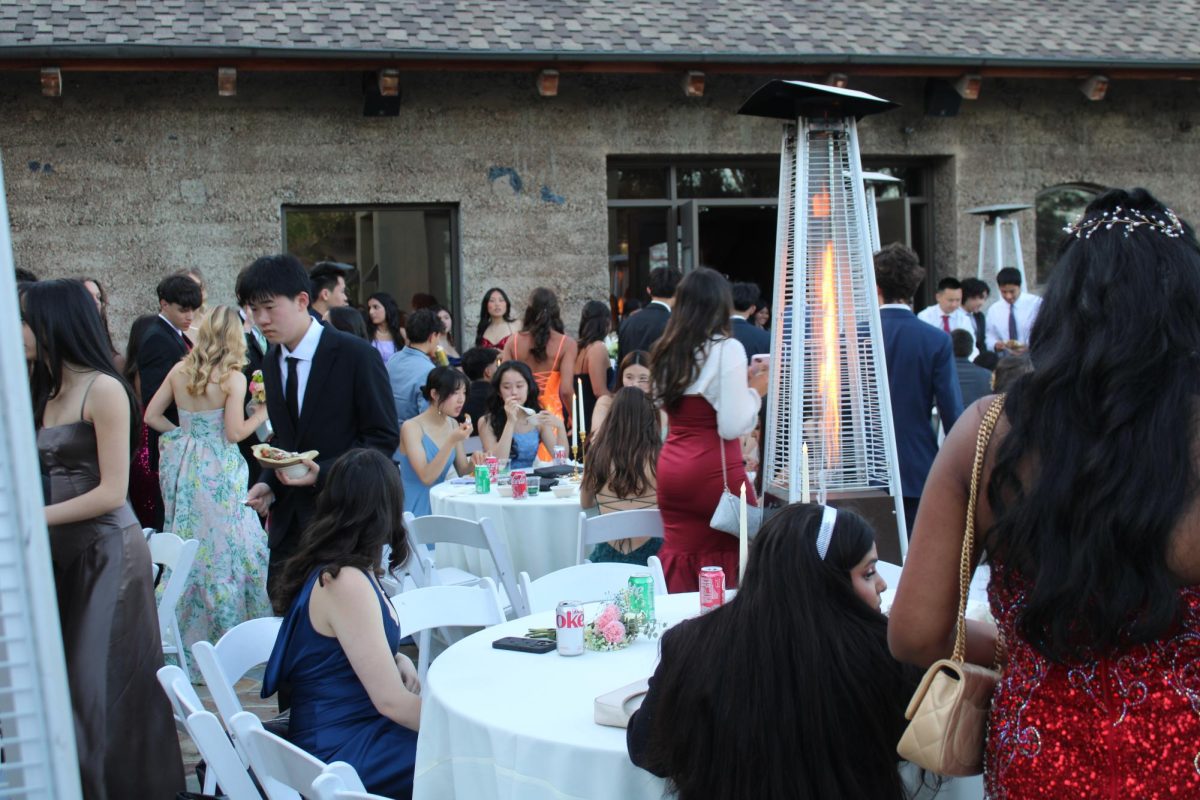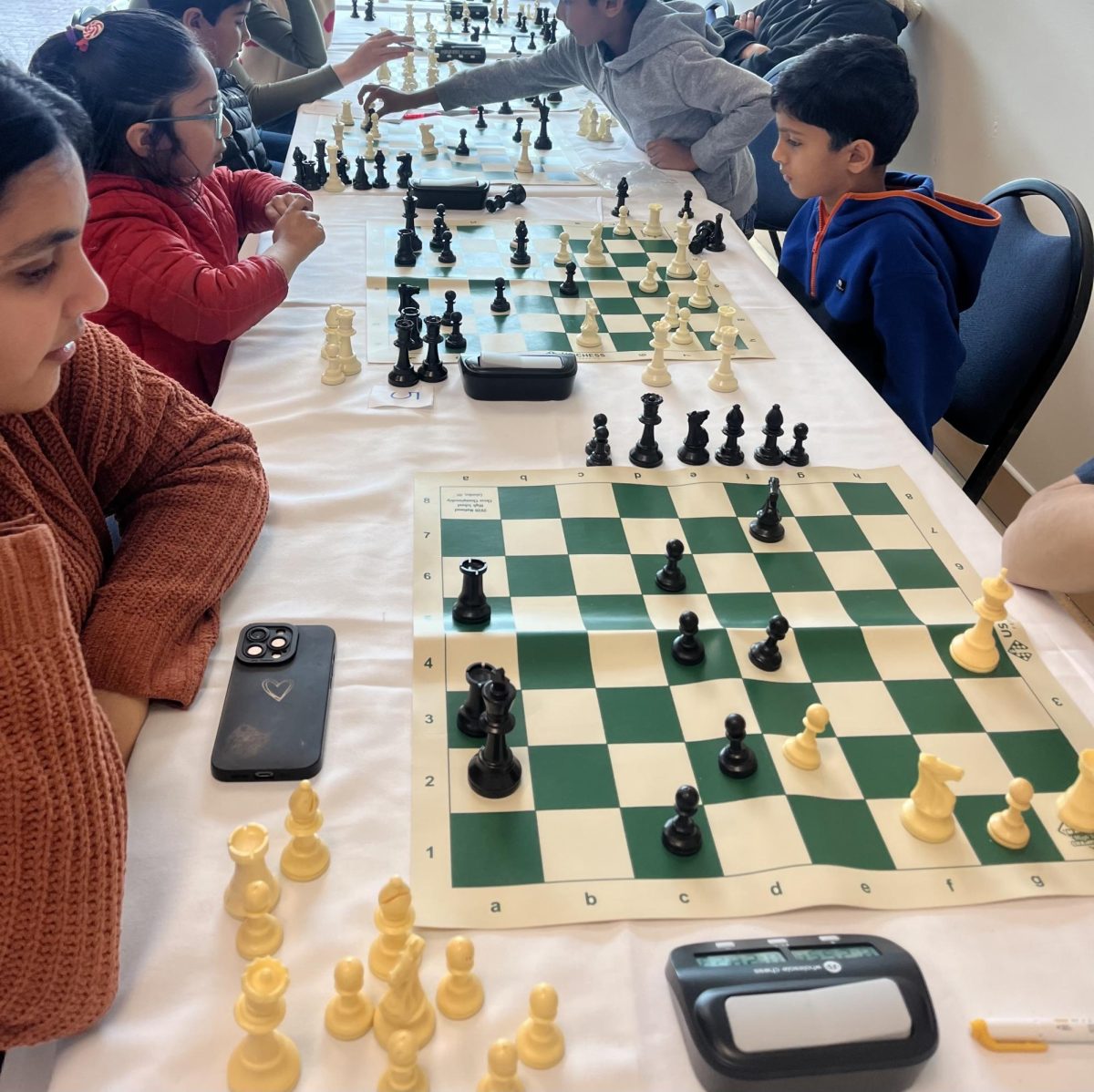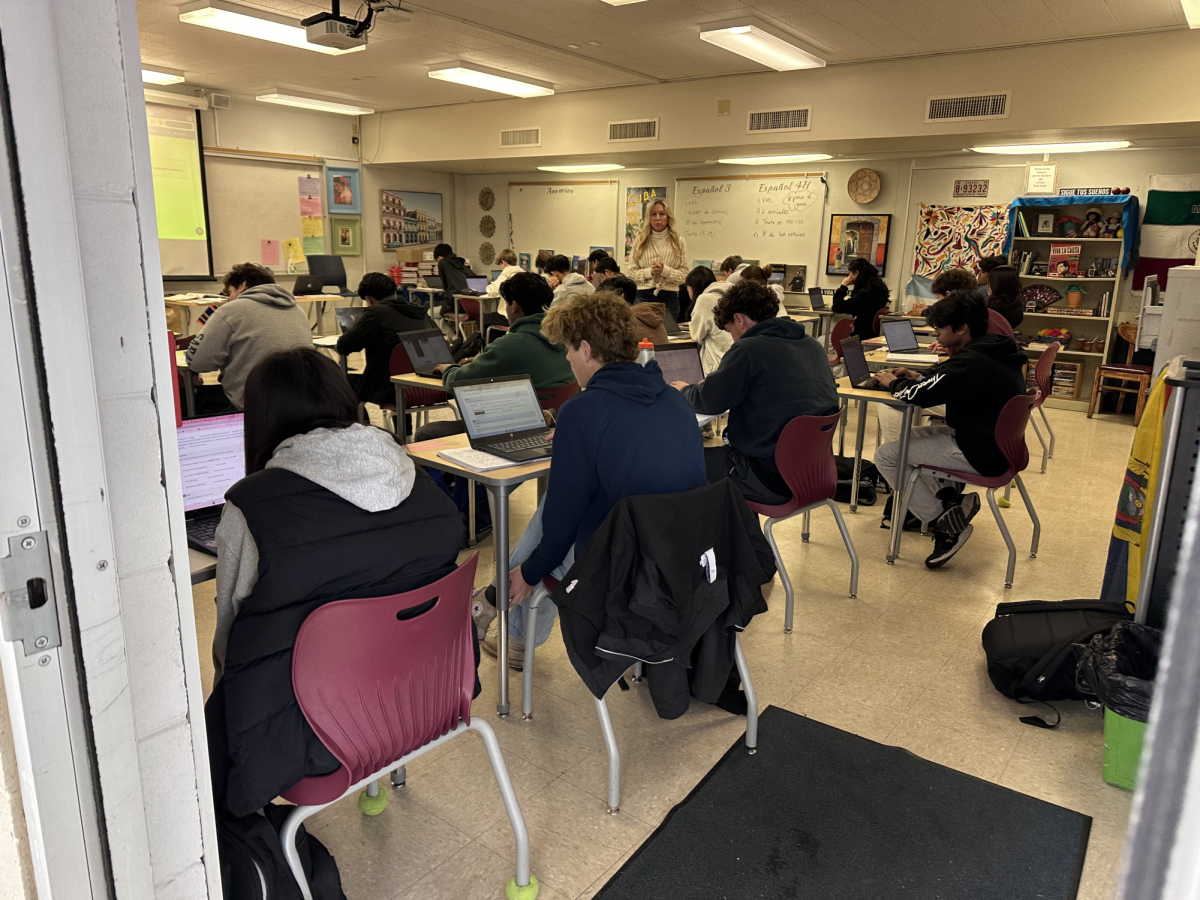The school has historically boasted a robust club community featuring student groups with a variety of different interests and hobbies. For many students, participation in clubs is more than a chance to spend time doing what they love — it represents an opportunity to find friendship with like-minded peers and connect with industry professionals.
But because there are more than 70 clubs on campus and only 1,167 students, it’s often the case that formerly vital groups can stop meeting and doing any meaningful activities. This can lead to the formation of so-called “ghost clubs,” or inactive clubs that exist only on paper.
Unclear strike system causes confusion
One cause for the formation of ghost clubs is the lack of clarity and enforcement of club management rules instituted by ASB in recent years. Under the Club Minutes guidance section in the club handbook, the rule states: “If a club does not turn in minutes, they will be awarded two strikes: one for missing minutes and one for failing to prove they hosted any meetings that month … Three strikes and your club will be cut.”
However, in a digital copy of the club handbook obtained by The Falcon, the ASB annotated that the three-strike system would be scrapped and replaced with a policy of two offenses that seems to tolerate fewer instances of failing to comply with the rules in the handbook. The new policy states that if a club hosted fewer than the minimum number of two meetings per month, they would need to contact ASB at least three days ahead of the meeting minutes form deadline, which falls on the last school day of each month. Upon receiving a second offense, a club would be cut from ASB’s official roster of clubs.
To clarify, senior ASB Club Commissioner Carine Chan said the outdated comments describing the new two-offense policy, which were copied over from a previous version of the handbook, have yet to be removed from the document.
Since the comments were from a 2022 club policy that was never implemented, the club document tracker confirms that ASB has continued to use the three-strike system to determine the status of clubs. Looking at the number of strikes delivered to each club, it is clear that the severity of disciplining clubs with strikes has not happened much recently.
According to the ASB club document tracker, of 29 clubs that have been given more than two strikes, only five have been cut. Furthermore, most of these five clubs were allowed up to six strikes before actually being cut, and there are several more clubs that continue to hold official club status despite having more than six strikes.
Chan cites the system of disorganized paper documents as a reason for confusion. Clubs that were threatened to get cut have gone to ASB after the deadline, sometimes pointing out that they have actually submitted their meeting minutes, and the document was likely lost somewhere along the way. However, she also believes that scanning documents requires too much effort, and the system is unlikely to see much change in the future.
How a club becomes — or can avoid becoming — a ghost club
Ghost clubs largely occur because club founders graduate and leave it in the hands of others who don’t have the same vision or passion or time.
Senior ASB Club Commissioner Joshua Ta believes that active and engaging clubs are led by officers who are deeply passionate and motivated about leading the club activities.
One example of a ghost club was History Bowl. History Bowl has been intermittently active on campus since at least 2014. It waned in the pandemic but looked to rejuvenate itself as a new and active club starting in the fall of 2023. However, the club was quickly cut after a few months following many cycles of unfinished meeting minutes. The club met nearly daily nevertheless even after it was officially cut. ASB cited the reasoning for the decision as failure to turn in meeting minutes.
Another example of a ghost club is Global Health. Active as early as 2018, Global Health was an influential force on campus and even hosted annual trips to Ecuador to learn about global health issues in other countries. However, due to COVID-19’s impact on global health and subsequent declining interest in participation, the Global Health stopped meeting and eventually collapsed.
Ta said that to anticipate if a club will be active and successful, the commissioners look for criteria such as “organization, effort and thought” and “individuality and uniqueness,” or how a club has to be different from existing clubs.
He also encourages officers to be creative. For example, being interactive and engaging in their pitches is a unique way for officers to display their passion to a club and present ideas in a thoughtful manner.
“Most clubs just present their pitch and then leave,” Ta said. “[The Arm Wrestling Club] challenged each of us to an arm wrestling competition, and that had a really long lasting effect on us.”
Buzzer-based clubs encourage participation
Another way for a club to develop and foster interest, especially in younger members, is to offer engaging activities. This is why bowl-based clubs, in which members of the club are competitors who race to buzz in to answer a question, are so popular and tend to perform better regarding participation and sustainability.
For example, the Quiz Bowl club, which has been flourishing since its inception 11 years ago, hosts buzzer-based trivia that covers history, literature, mythology, fine arts, science, mathematics, religion, pop culture and more.
“Part of what drew me to Quiz Bowl when I joined as a freshman was the idea of competitive trivia,” senior president Simarya Ahuja said. “It’s like the nature of the competition. I think people just generally enjoy when things are competitive, and it motivates them to get better.”
The competitive nature of the game drives participants to understand and absorb the information learned, which greatly contributes to engagement. According to the National Academic Quiz Tournament (NAQT), SHS’s team is currently ranked 5th on the national stage.
“Sometimes [clubs] change officers or feel like they just don’t have time, and they might not feel the need to inform us of these changes,” Chan said. “So it’s also a matter of trying to get in contact with these clubs.”
A solution for ghost club issues
A solution would be to increase cooperation between ASB and clubs. ASB could request clubs to submit a report once a semester to the Leadership class showing what they had done that semester. Those slides would include activities, quotes from members, photos of meetings and other hallmarks of club activity. If clubs fail to produce sufficient relevant evidence, it may be prudent to conclude that it may have difficulty functioning. Additionally, the slides could be optionally shared with the student body so that interested individuals can see the activity of clubs they could potentially join, boosting the club culture on campus overall.

